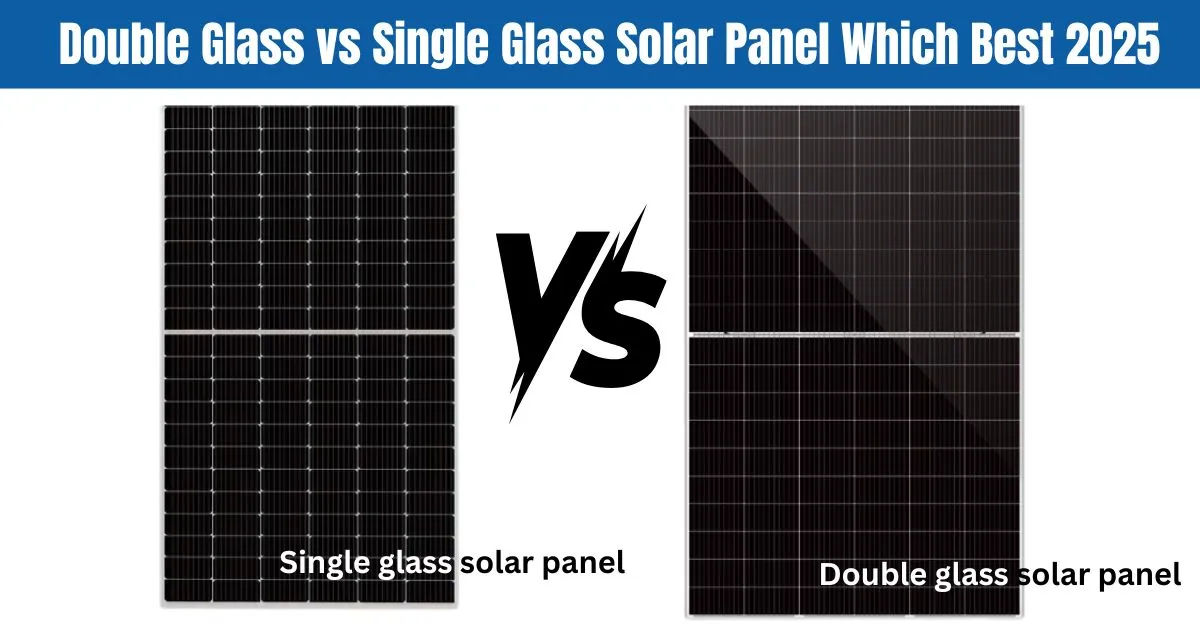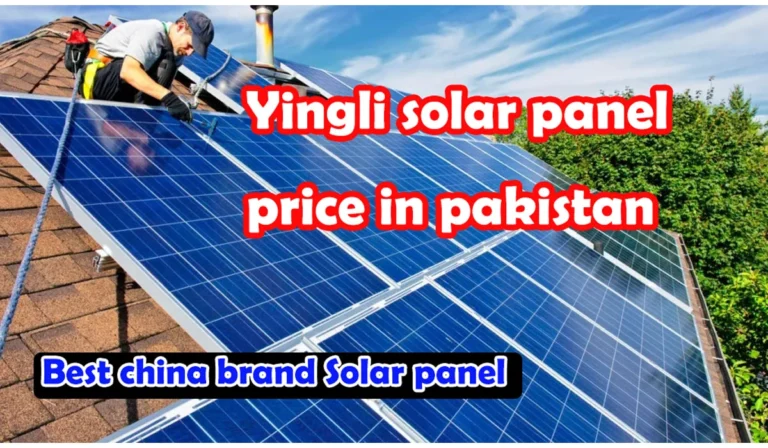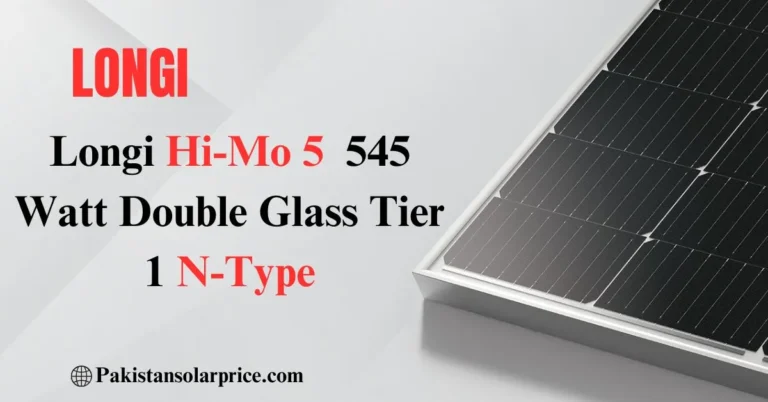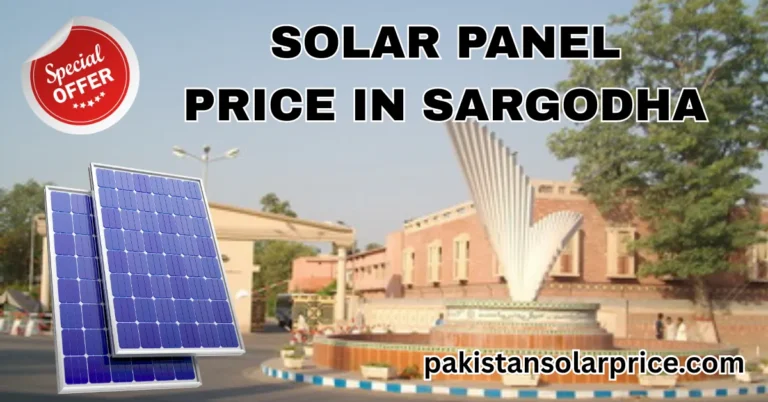Double Glass vs Single Glass: Solar Panel Guide 2025
In 2025, the decision between double glass and single glass solar panel is more important than ever for homeowners and businesses. With the growing popularity of solar energy, understanding the core differences between these two options can significantly impact your solar investment. Whether you’re looking to save on energy bills or reduce your carbon footprint, this comprehensive guide will help you understand the pros and cons of each type and ultimately make the best choice for your energy needs.
What Are Double Glass and Single Glass Solar Panels?
Understanding the difference between single glass and double glass solar panels is crucial for making an informed decision.
- Single Glass Panels: These panels feature a glass sheet on the front and a polymer backsheet, making them lighter and generally less expensive to produce.
- Double Glass Panels: As the name suggests, these panels have two layers of tempered glass — one on the front and another on the back. This construction is more robust, offering additional protection.
Durability & Environmental Resistance: Which Lasts Longer?
When it comes to durability, double glass solar panels generally outshine their single-glass counterparts.
- Single Glass Panels: These are effective in moderate climates but may be more vulnerable to environmental stressors like moisture, dust, and hail. The backsheet can degrade over time, reducing efficiency and longevity.
- Double Glass Panels: Thanks to the glass construction on both sides, double glass panels offer enhanced resistance to weather elements, including high winds, UV exposure, and extreme temperatures. Their robustness makes them ideal for harsh environments and off-grid setups.
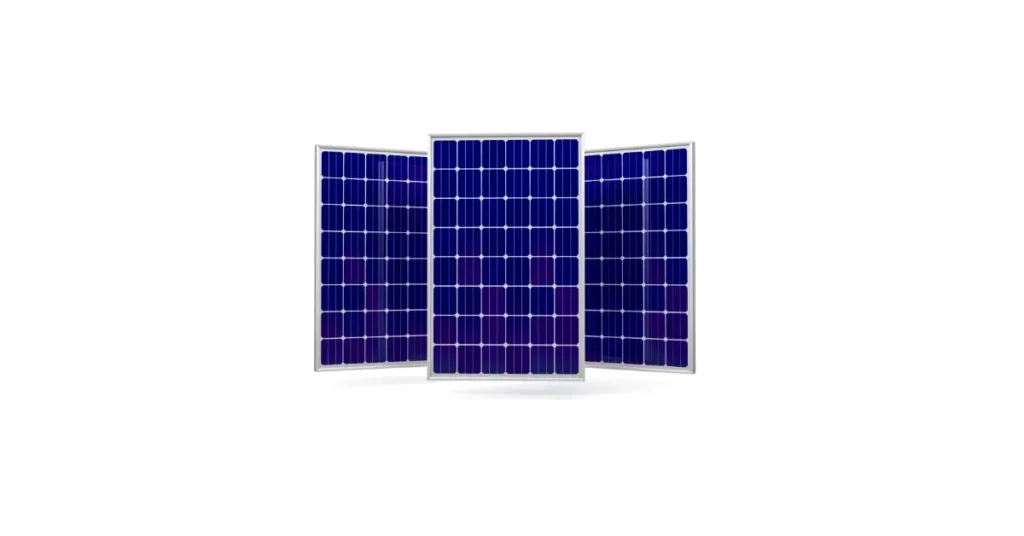
Performance & Efficiency: Maximizing Solar Energy Production
Both single glass and double glass panels are designed to convert sunlight into electricity. However, their performance can vary:
- Single Glass Panels: Typically, these panels perform well under standard sunlight but may not be as efficient in capturing reflected sunlight or operating under diffuse lighting conditions.
- Double Glass Panels: These panels are often bifacial, meaning they can capture sunlight from both the front and back surfaces, boosting energy production. This is particularly beneficial in environments with reflective surfaces like snow or sand.
Weight, Handling, and Installation: What’s Easier to Install?
The weight of a solar panel can affect both installation and roof load:
- Single Glass Panels: Being lighter, these panels are easier to handle and install. They’re ideal for roofs that may not support the additional weight of double glass panels.
- Double Glass Panels: These panels are heavier, which can increase both installation time and labor costs. However, their added weight also contributes to their durability and long-term performance.
Cost Comparison: Which Option is More Affordable?
- Single Glass Panels: These are generally more affordable due to their simpler design and lighter construction. For homeowners looking for a budget-friendly option, single glass panels are often the best choice.
- Double Glass Panels: While the initial cost is higher, double glass panels may provide more value in the long run due to their greater durability and efficiency, which can result in lower maintenance costs and higher energy production.
price of single glass and double glass solar panel
Single Glass Solar Panels
These panels are typically lighter and more affordable, making them suitable for residential installations.
- JA Solar 540W (A-Grade): PKR 19,000
- Longi 550W (A-Grade): PKR 20,000
- Canadian 545W (Single Glass, Tier 1): PKR 19,500
- Jinko 550W (B-Grade): PKR 17,600
- Longi 550W (B-Grade): PKR 18,000
- JA 550W (B-Grade): PKR 17,050
Double Glass (Bifacial) Solar Panels
These panels offer enhanced durability and higher efficiency, especially in areas with reflective surfaces.
- JA Solar 540W (Double Glass, A-Grade): PKR 19,000
- Longi Hi-MO 7 580W (N-Type, Double Glass): PKR 31,500
- Jinko 585W (N-Type, Bifacial): PKR 17,550
- Trina 600W (N-Type, Bifacial): PKR 18,000
- Astronergy 585W (N-Type, Bifacial): PKR 18,720
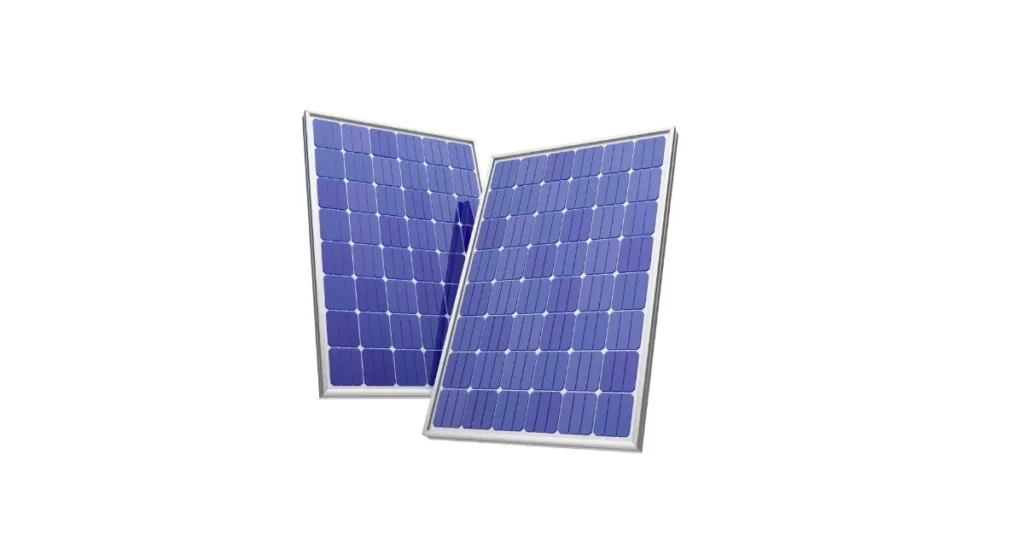
Best Use Cases: Which Panels Are Right for You?
- Single Glass Panels: Ideal for homeowners in moderate climates, small residential systems, or those on a budget. These panels offer a balance of performance and affordability.
- Double Glass Panels: Perfect for harsher climates, commercial setups, or homeowners looking for long-term investment. Their increased durability and efficiency make them the better choice for demanding environments.
Conclusion
Ready to make the switch to solar? Contact us today to discuss your options and get a free consultation tailored to your energy needs. Whether you choose single glass or double glass solar panels, we’re here to help you find the best solution for your home or business.

